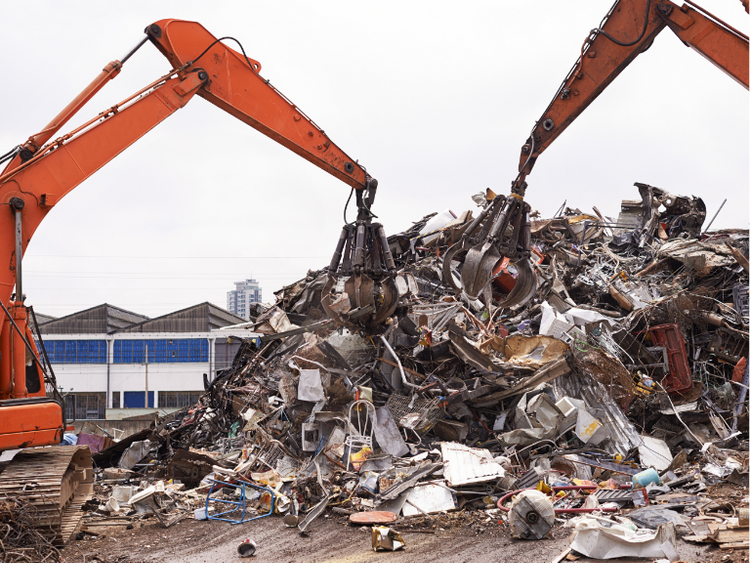Scrap Prices North America

UAW Has Upper Hand vs. Automakers: Schenker
Written by Ethan Bernard
September 22, 2023
The United Auto Workers (UAW) union has more leverage than the “Big Three” automakers in the strike that started Sept. 15, according to Jason Schenker, president of Prestige Economics.
“Labor force participation is super tight right now,” Schenker said said during a Institute of Scrap Recycling Industries’ (ISRI’s) webinar on Wednesday titled “The UAW Strike and Impacts on the Recycled Metals Industries.”
The Labor Shortage Is Real
The US labor force is at a record high of 167.8 million people. The unemployment rate, meanwhile, remained low at 3.8% in August. And only about 1% of workers are currently collecting unemployment, he said.
The total percentage of people working has not recovered to pre-Covid levels. But that figure is deceptive. That’s because the largest group of people not working are those 55+ years old, Schenker said.
“Why does the UAW have leverage?” he asked. “There is no one to hire and there is no one collecting unemployment.”
“Given the labor market data, if I were the auto companies, I would resolve it sooner rather than later,” he added.
Price Impact Limited, as Long as the Strike Isn’t Protracted
Joseph Pickard, ISRI chief economist and director of commodities, provided some context to the current stoppage. He said strikes were nothing new in the auto industry, with many having occurred since the first half of the last century.
What does the strike mean for metallics? Pickard estimated that automotive represented about 26% of US steel demand and 35% of domestic aluminum demand.
“Traditionally, there have been price downturns in ferrous in or around these auto strikes,” Pickard said. But such dips impacts are typically transitory.
Recall that the most recent UAW strike in 2019 lasted for six weeks, which was par for the course. The average strike lasts five weeks. That’s based on 30 years of data and among strikes with more than 1,000 workers in the past 30 years, according to an NBC analysis of Bureau of Labor Statistics data.
But Pickard also noted that nine of the 20 longest strikes of the past three decades lasted longer than a year.
Another thing that has changed in the last quarter century: market share. In 1999, the Big Three automakers had a combined market share of 68%. It stood at just 40% in 2023, Pickard said, citing figures from the Center for Automotive Research (CAR) in Ann Arbor, Mich.
The UAW began its strike at three plants last week. The union UAW expanded its strike on Friday, calling for work stoppages in parts distribution plants across the country at General Motors and Stellantis.

Ethan Bernard
Read more from Ethan BernardLatest in Scrap Prices North America

HRC vs. prime scrap spread widens in June
The price spread between HRC and prime scrap widened in June.

Ferrous scrap pricing sideways in June
Ferrous scrap prices in the US have remained stable from May to June.

HRC vs. scrap spread widens over $150/ton in March
The HRC vs. prime scrap spread increased again in March.

HRC vs. prime scrap spread increases in February
The price spread between hot-rolled coil (HRC) and prime scrap widened in February ahead of the implementation of President Trump’s tariffs on steel.
HRC vs. prime scrap spread narrows again in January
The price spread between hot-rolled coil (HRC) and prime scrap continued to narrow in January, according to SMU’s most recent pricing data. While SMU’s average HRC price edged down week over week (w/w), it rose compared to a month ago. The January price for busheling also increased from December. Our average HRC price as of […]
